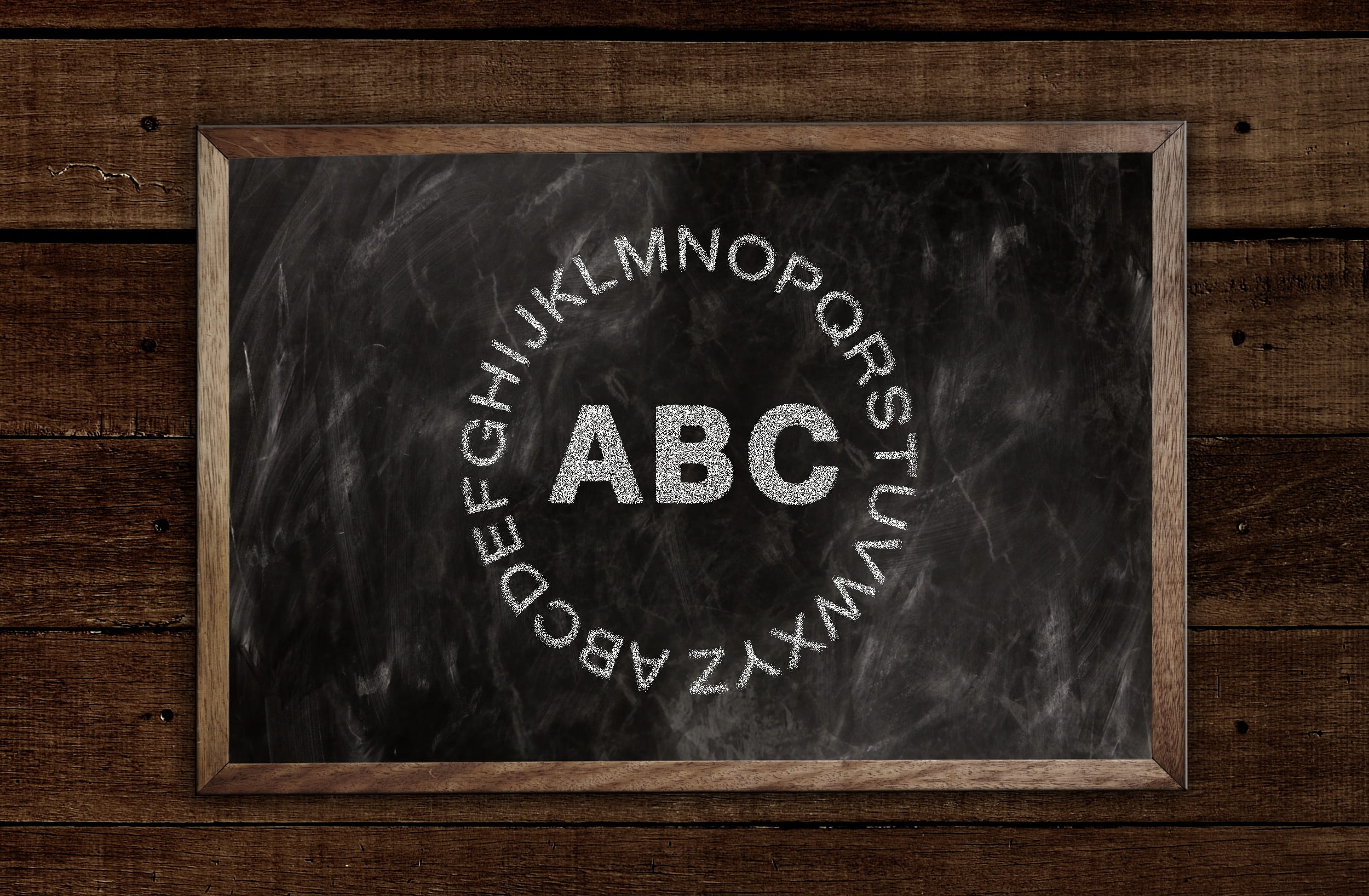In this article we will have a complete overview of the Turkish language; since there are more than 80 million speakers of the Turkish language around the world; 70 million of them in Turkey and many changes have occurred to this language over the ages. Get to know the Turkish language with us.
The Turkish language comes from a group of languages coming from Central Asia and Siberia. In addition to Eastern Europe, and there are three forms of the Turkish language: Anatolian Turkish, Ottoman Turkish, and Modern Turkish. Anatolian Turkish was from the thirteenth to the fifteenth century and it was in Arabic script.
With the adoption of Islam; Arabic and Persian vocabulary began to modify the language and it became known as Ottoman Turkish and it was used from the fifteenth century until the early twentieth century.
In 1928 there was a fundamental change when the “new language” movement began by Mustafa Kemal Ataturk, who sought to keep the language more pure. He changed the alphabet from Arabic to Latin, and also established the Turkish Language Association.
The association sought to eliminate all foreign words, and non-Turkish words began to be replaced by Turkish equivalent words. This has created major differences in the versions of the language spoken by the different generations.
Turkish Dialects
Istanbul Turkish dialect is the Turkish standard, but there are many different dialects. It is divided into eastern and western dialects. The main dialect of the western group is known as the Danube, while the eastern section contains many dialects, including Eskisehir, Edirne, Dinler, Gaziantep, Karamanli, Razard, Romlian, and Urfa. Below is an overview of the Turkish language and its main components.
Characteristics of the Turkish Language
The Turkish alphabet consists of 21 consonants and 8 vowels. There are two types of vowels, heavy (e, i, ö, ü) and simple (a, i, o, u) that are pronounced from the back of the throat.
As it pronounces heavy letters from the front of the mouth, and there are three main characteristics that distinguish Turkish from other languages: vowels, suffixes, and phonemic compatibility.
Vowels
It is one of the most important aspects of the Turkish language. Grammar regulates vowel sets, which creates better linguistic compatibility and makes the language easier on the tongue.
Add labels or Suffixes Agglutination
The origin of the word Agglutination (from the Latin word agglutinate, which means “cleave b”) is a system to link words to the meaning of suffixes to add or grammatical forms.
Phonological Compatibility
Phonemic compatibility refers to spelling changes that also indicate differences in pronunciation.
Turkish is a phonemic language and phonemic compatibility helps maintain this phonemic structure.
This happens in English (for example, pretty turns into prettier), but it is less common. The most frequent changes occur in words ending in k, where g becomes soft (ğ. In addition, when a suffix begins with the letter D) it may change to t when it relates to a pronounced letter.
Adjectives
Adjectives are placed before nouns, and there is no need for a compatibility in number.
It also does not change depending on whether the word is plural or singular.
Turkish is a descriptive language, so it uses adjectives a lot.
Identifiers and Gender Denotations
There are no pronouns to denote gender in Turkish; where O is for he, she, he/she and the irrational. And there are no identification tools too (such as the).
Place of Verbs
Verbs always lie at the end of a Turkish sentence.
Conjugating Nouns
The conjugation of nouns is in many languages such as Latin, Russian and German. Where it means modifying the names to indicate gender, number or status, but it is present in a limited way in the Turkish language.

